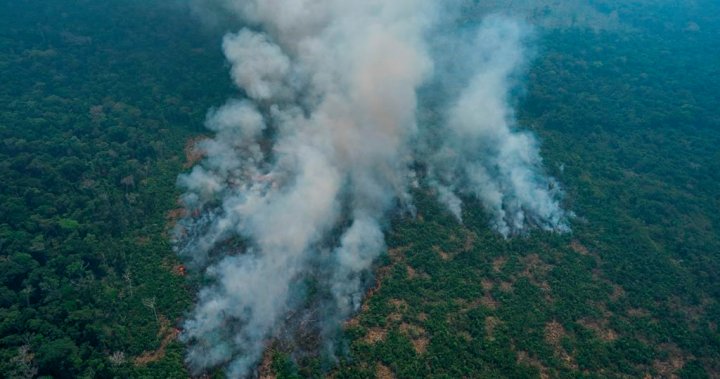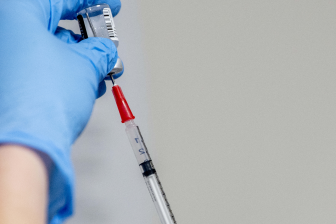Deforestation in Brazil’s Amazon rainforest rose for the fourth consecutive month in June, according to preliminary government data, amid concern that the destruction and a drought will fuel worsening forest fires in the dry season ahead.
Forest clearances in Brazil’s portion of the Amazon increased 1.8% in June compared to a year ago, to 1,062 square kilometers (410 square miles), according to national space research agency Inpe.
In the first six months of the year, deforestation in the region has risen 17% with 3,610 square kilometers being cleared, according to Inpe. That is an area more than four times the size of New York City.

Deforestation has surged since right-wing President Jair Bolsonaro took office in 2019, drawing international outcry from foreign governments and the public. Bolsonaro has called for mining and agriculture in protected areas of the Amazon and has weakened environmental enforcement agencies, which environmentalists and scientists say has directly resulted in the rising destruction.
Bolsonaro’s press office did not immediately respond to a request for comment on its environmental policies or the deforestation figures.
Scientists say the protection of the Amazon is vital to curbing climate change because of the vast amount of greenhouse gas that the forest absorbs.
Last month, Bolsonaro deployed the military to protect the Amazon region and broadly banned most outdoor fires, repeating policies enacted annually since 2019 that have failed to reduce deforestation or fires.
A Reuters investigation earlier this month found that Bolsonaro has obstructed the system for environmental fines, one of the primary means for protecting the rainforest and punishing illegal deforestation. At least 17,000 fines have gone uncollected, according to internal government documents.
While more unpaid fines pile up, destruction continues to rise. The advocacy group Climate Observatory said in a statement that the preliminary data indicate that the more accurate annual deforestation figures are on track to pass 10,000 square kilometers for the third consecutive year, a level that prior to Bolsonaro was last seen in 2008.
Experts say that is a worrying sign as Brazil nears the height of its annual dry season, with fires usually peaking in August and September.
Illegal loggers generally cut down valuable trees and then speculators and ranchers use fire to clear the land in a bid to raise its value for agricultural purposes.
Read more:
Brazil to redeploy military to Amazon in effort to curb increased deforestation
Nearly 5,000 square kilometers that have been deforested since 2019 have yet to be burned, according to an analysis by Woodwell Climate Research Center and the Amazon Environmental Research Institute (Ipam).
“Those areas are tinderboxes of fuel waiting for a spark,” according to the analysis released last week.
“Many of these fuel-heavy areas are adjacent to standing forests, making them prime locations for fires to jump from cleared land to remaining forest.”
In addition, Brazil is facing severe drought, with water inflows at hydroelectric dams at a 91-year low, according to the Mines and Energy Ministry.
The drought includes many areas along Brazil’s so-called “arc of deforestation” where destruction is highest and researchers say the dryness will likely contribute to worse fires this year.
Brazil’s northern neighbor Colombia is also recording rising forest destruction. The Colombian environment minister said on Wednesday that 2020 deforestation rose 8% with 1,717 square kilometers destroyed.
(Reporting by Jake Spring Editing by Frances Kerry)
















































